When it comes to teaching mathematics to children there is often a misconception that math skills start with numbers. Whereas before a child learns colours, shapes or numbers they usually develop precursor skills from the age of 0-3 years that build the foundation on which other mathematical skills are learnt. There are four main precursor skills that are essential for children. These include attributes, comparison, pattern and change.
Attributes:
These are characteristics or qualities that help us identify and classify the world we live in. Babies start sensing attributes through their senses at a very young age. For example, babies are able to respond to their mother’s voice showing that they are able to recognize attributes of their mother’s voice. Another function of attributes is grouping and concept formations. We place objects with similar attributes in the same groups. For example when teaching a child what a square is, the child notices attributes such as number of sides or two standing lines and sleeping lines. And thus form the concept of a square. And language helps define these attributes with greater precision.
Comparison:
Comparison is the ability to notice the sameness and differences. And this cannot be done without recognizing attributes. When children are doing matching activities they are noticing sameness and when doing sorting activities they are noticing both sameness and differences. At this stage is where we introduce concepts like big and small, when children are able to compare two objects.
Change:
Change can be both qualitative and quantitative. It can be a result of joining, separation or transformation. For a child to be able to notice change and respond to it, the difference between the initial condition and the final condition should be understood. Thus, one needs both attributes and comparison to understand change. Mathematical operations like addition and subtraction are built on the foundations of this precursor skill.
Pattern:
This skill includes a rhythm, pattern or sequence that can be predicted. To Understand a pattern or a sequence and be able to predict it, one needs all the three precursor skills mentioned above.
These are the main precursor mathematical skills that a child needs before moving to other mathematical concepts.
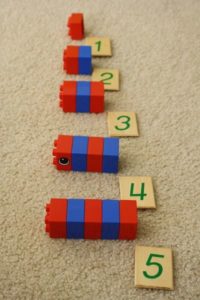 An effective way to introduce mathematical skills to children that helps strengthen their foundation is through the CPA method. In this method, children move from concrete to pictorial to abstract.
An effective way to introduce mathematical skills to children that helps strengthen their foundation is through the CPA method. In this method, children move from concrete to pictorial to abstract.
The concrete phase is where we use objects that the child can feel, touch and manipulate. For example, when teaching things like counting or other concepts like big and small, objects that the children can feel and manipulate will help them understand the concept better.
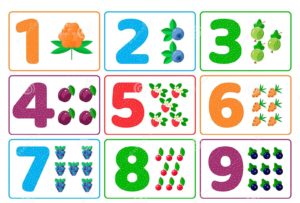 From the concrete phase the children move to the pictorial phase where they use pictorial representations of objects on paper. This provides less assistance than the previous phase.
From the concrete phase the children move to the pictorial phase where they use pictorial representations of objects on paper. This provides less assistance than the previous phase.
Once the children are comfortable with the pictorial phase they can move on to the abstract phase where they use only numerical representations and symbols.
Another important thing to keep in mind while teaching concepts in mathematics is the generalization of concepts. Concepts need to move from textbook to real world application. For example a child that knows what a circle is should also be able to identify that a clock is a circle. One way to do this is to use material from your immediate environment. Here are some activities that can be done with children at home that use the environment to generalize math concepts.
- Object sorting (Collecting different objects from around the house that have one distinct colour or shape and asking children to sort them).
- A game of “I spy” (if you’re teaching shapes, then parent describes an object in the room in that particular shape and the child guesses what object it is).
- Interactive story book reading (while reading a story book, asking children to find objects of a certain colour or shape or counting the number of objects in a particular colour).
- Finger painting (using finger painting to learn counting).
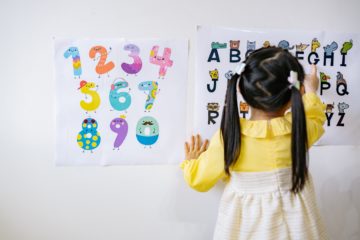
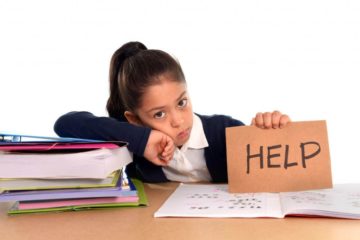
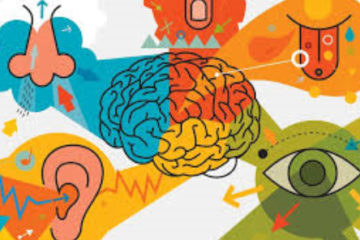
3 Comments
Rajnish · April 2, 2023 at 11:21 am
Can I get online support.
Dhananjay Kumar · April 6, 2023 at 7:10 am
Hello mam,
I gone through your blog & found very useful in teaching. If you have video course then please provide the link .
Dhananjay Kumar · April 6, 2023 at 7:12 am
Hello mam,
I gone through your blog & found very useful in teaching math.Please provide video course .